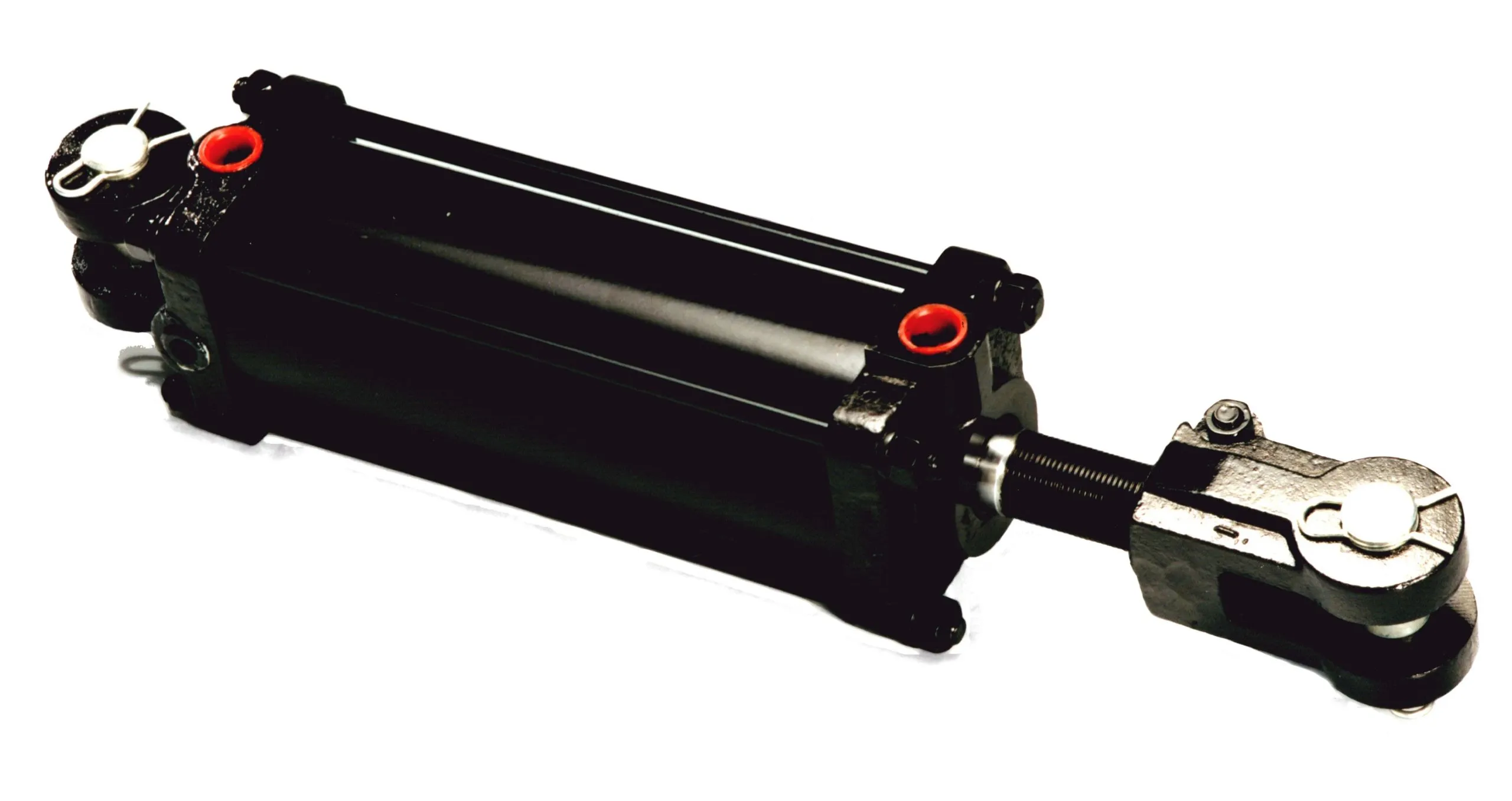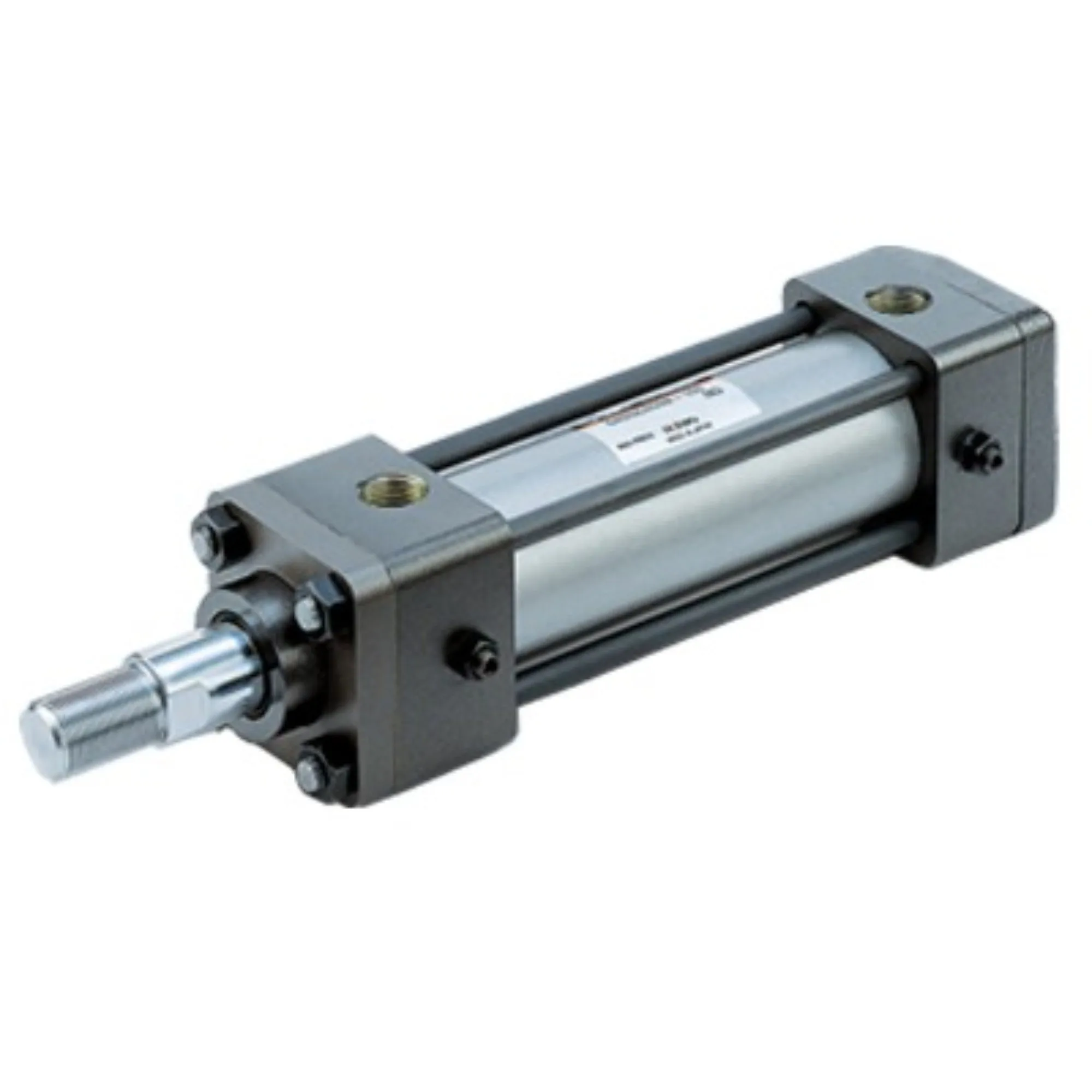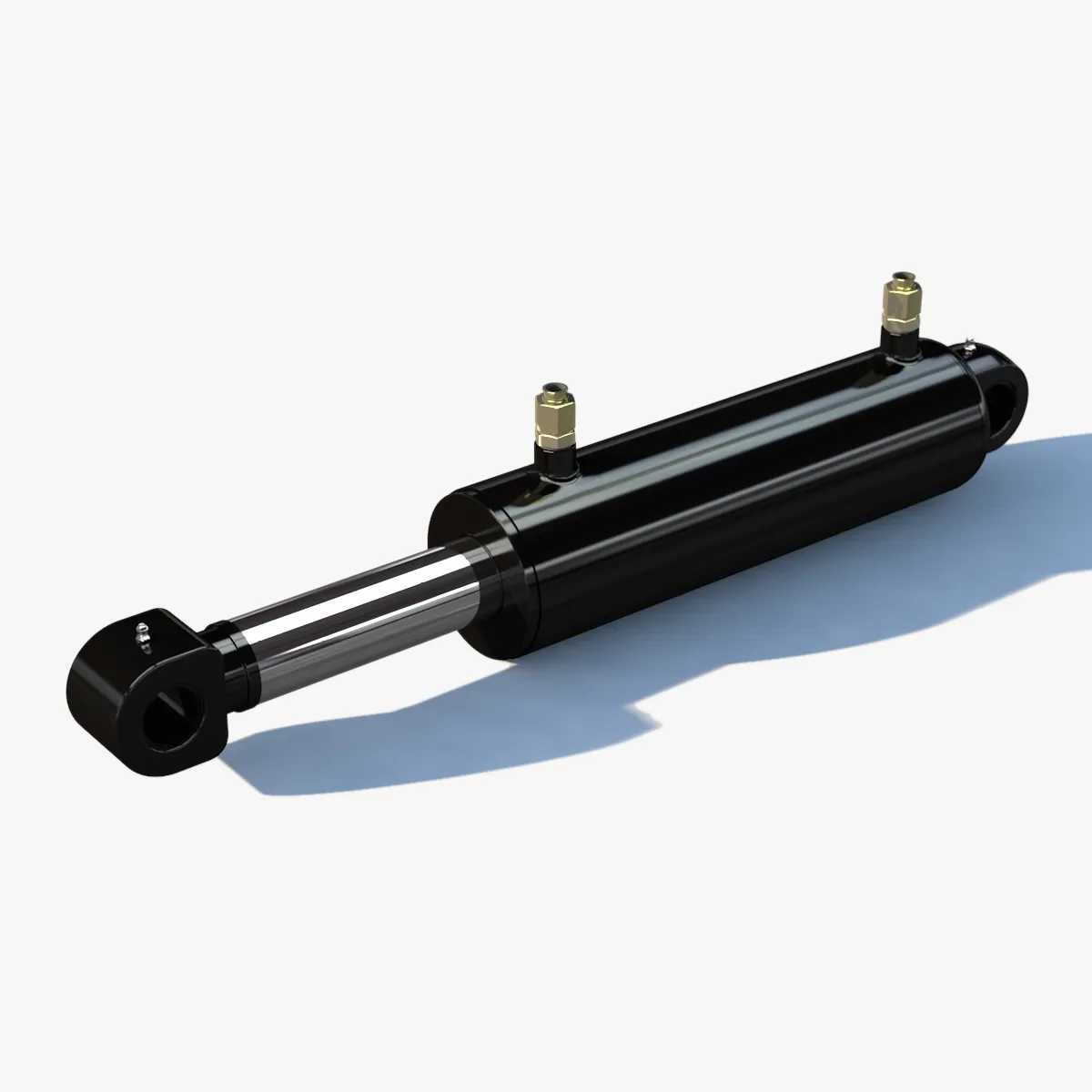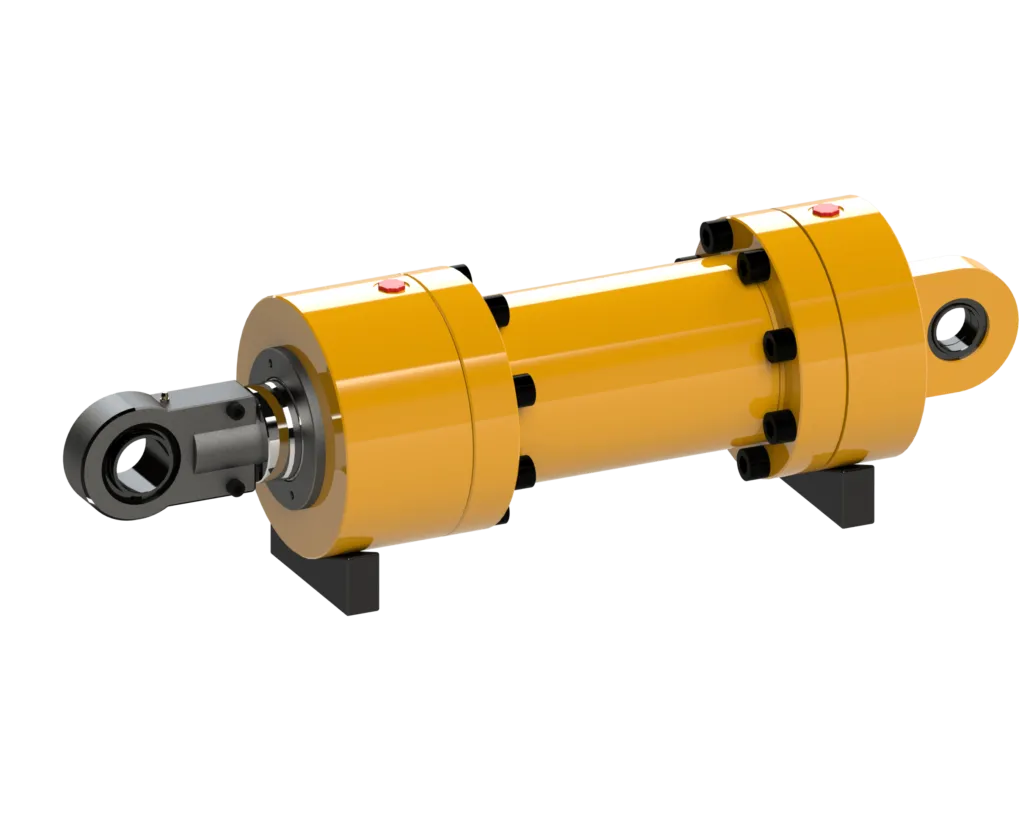Expanded Introduction of Spring-Return Single-Acting Hydraulic Cylinder
Spring-Return Single-Acting Hydraulic Cylinder is a specialized type of hydraulic cylinder that utilizes hydraulic oil to expand the piston within the cylinder. When pressure is released, an integrated spring automatically retracts the piston, providing a unique functionality that is essential in various industrial applications.
Design and Construction Characteristics
- Single-Acting Structure: This hydraulic cylinder operates in one direction through hydraulic oil pressure, with the return action dependent on the built-in spring mechanism.
- Spring Selection: Careful consideration must be given to selecting the appropriate spring to ensure quick and complete piston reset after pressure release.
- Sealing Design: High-quality sealing materials are utilized to prevent hydraulic oil leakage, ensuring system efficiency and safety.
- Strength and Durability: Material selection focuses on high-strength steel to withstand high pressure and impacts, enhancing the cylinder’s lifespan.
Construction and Assembly Process
The assembly process of a spring-return single-acting hydraulic cylinder requires precision in aligning various components, especially the piston and cylinder block, to minimize friction and wear. Welding and mechanical connections must be robust to prevent oil leakage or breakage under high pressure. Rigorous testing and debugging are essential post-assembly to ensure optimal performance.
Working Principle
The spring-return single-acting hydraulic cylinder functions by using hydraulic oil to extend the piston against a load. When hydraulic pressure is released, the spring mechanism retracts the piston to its initial position, completing the operational cycle efficiently.
Types and Configurations
Three main types of spring-return single-acting hydraulic cylinders are available, each with unique configurations tailored to specific applications. These variations offer versatility and adaptability in diverse industrial settings.
Key Benefits
- Safety – Automatic Reset: The automatic piston reset feature enhances operational safety by reducing the risk of accidental drops or loss of control.
- Simplicity – Simple Design: The straightforward structure of these cylinders minimizes points of failure, making them easy to maintain and repair.
- Cost-Effective – Economical Solution: Spring-return single-acting hydraulic cylinders are a practical and budget-friendly option compared to more complex alternatives.
- Flexible Operation – Strong Adaptability: These cylinders are suitable for applications requiring one-way thrust and straightforward reset mechanisms.

Application Scenarios
Spring-Return Single-Acting Hydraulic Cylinders find extensive use across various industries, including industrial machinery, construction equipment, agricultural machinery, automotive maintenance, and packaging and handling systems. These cylinders play a crucial role in improving operational efficiency and safety in diverse applications.
Design Considerations and Selection Criteria
Bearing Capacity
The design must account for the cylinder’s bearing capacity to ensure optimal performance under varying loads and operating conditions.
Sealing and Durability
High-quality seals and durable materials are essential to prevent leakage and enhance the cylinder’s longevity, contributing to system efficiency and reliability.
Safety and Maintainability
Ensuring safety measures and ease of maintenance are critical aspects to consider during the design and selection process of spring-return single-acting hydraulic cylinders.

Sealing and Lubrication
Proper sealing using wear-resistant materials and regular lubrication maintenance are vital to prevent oil leakage and ensure smooth operation of the hydraulic cylinder over time.
Regular Inspection and Maintenance
Implementing regular inspection routines and preventive maintenance measures can prolong the lifespan of the hydraulic cylinder and prevent potential issues from arising.
Correct Installation Guide
Follow precise installation guidelines to ensure the proper alignment and secure attachment of the hydraulic cylinder, optimizing its performance and longevity.
Maintenance Tasks
- Regular Inspection: Conduct routine checks to identify any potential issues early on and prevent major malfunctions.
- Proper Lubrication: Ensure the cylinder is adequately lubricated to reduce wear and friction, extending its service life.
- Seal Replacement and Calibration: Timely replacement of worn seals and calibration inspections are essential maintenance tasks to uphold cylinder performance.


Safety Considerations and Environmental Factors
Emphasize the importance of implementing safety measures when operating hydraulic cylinders and consider environmental factors to ensure the system’s efficiency and compliance with regulations.
Unit Power and Optimization
Unit power is a key performance indicator for hydraulic systems, influencing efficiency and response times. Optimizing the power unit of spring-return single-acting hydraulic cylinders can enhance operational efficiency, energy savings, and equipment reliability.
Three Questions About Spring-Return Single-Acting Hydraulic Cylinder
1. How does the spring mechanism work in this type of cylinder?
2. What are the main applications of spring-return single-acting hydraulic cylinders?
3. What are the advantages of using a spring-return design?
Long-Tail Keywords
1. Automotive Hydraulic Cylinder Applications
2. Spring-Return Hydraulic Cylinder Benefits
3. Single-Acting Hydraulic Cylinder Characteristics
Company Focus
Our company specializes in manufacturing hydraulic cylinders and has established itself as a leading provider in both domestic and international markets. With a comprehensive product line, professional services, and a commitment to quality, we strive to meet the diverse needs of our customers.
Author: lyl
